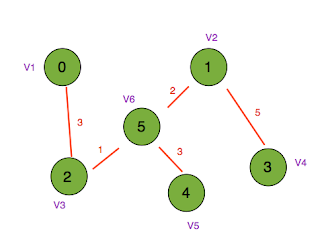Unix Tools and programming :
if else fi
Syntax:
if condition
then
condition is zero (true - 0)
execute all commands up to else statement
else
if condition is not true then
execute all commands up to fi
fi
For e.g. Write Script as follows:
$ vi isnump_n
#!/bin/sh
#
# Script to see whether argument is positive or negative
#
if [ $# -eq 0 ]
then
echo "$0 : You must give/supply one integers"
exit 1
fi
if test $1 -gt 0
then
echo "$1 number is positive"
else
echo "$1 number is negative"
fi |
Try it as follows:
$ chmod 755 isnump_n
$ isnump_n 5 5 number is positive
$ isnump_n -45 -45 number is negative
$ isnump_n ./ispos_n : You must give/supply one integers
$ isnump_n 0 0 number is negative
Detailed explanation First script checks whether command line argument is given or not, if not given then it print error message as "
./ispos_n : You must give/supply one integers".
if statement checks whether number of argument ($#) passed to script is
not equal (-eq) to 0, if we passed any argument to script then this if
statement is false and if no command line argument is given then this if
statement is true. The echo command i.e.
echo "$0 : You must give/supply one integers"
| |
| |
1 2
1 will print Name of script
2 will print this error message
And finally statement exit 1 causes normal program termination with
exit status 1 (nonzero means script is not successfully run).
The last sample run
$ isnump_n 0 , gives output as "
0 number is negative",
because given argument is not > 0, hence condition is false and it's
taken as negative number. To avoid this replace second if statement
with
if test $1 -ge 0.


